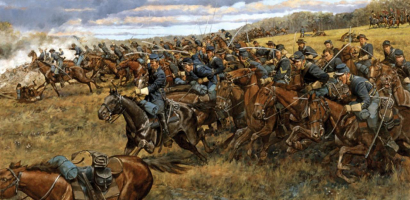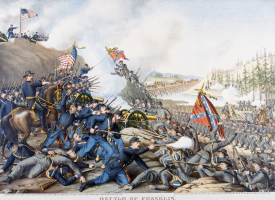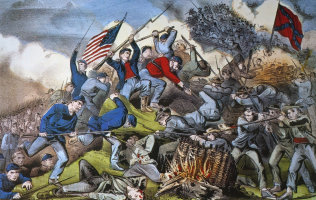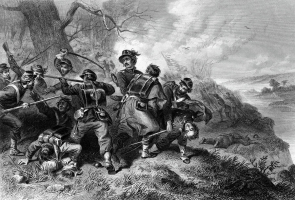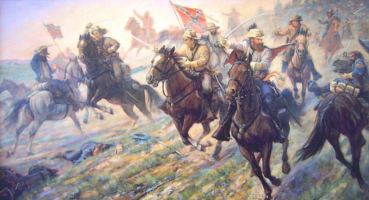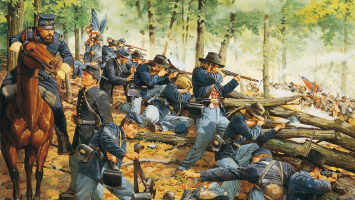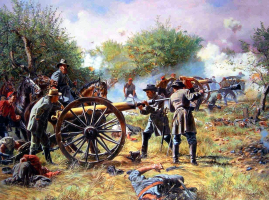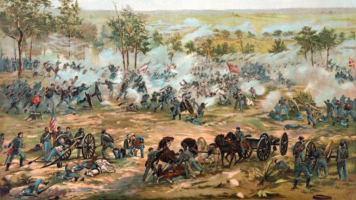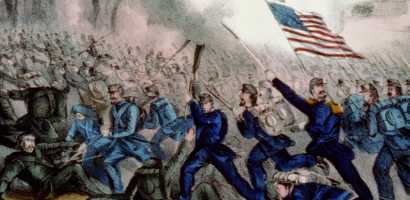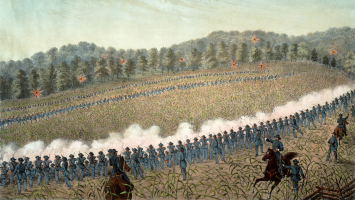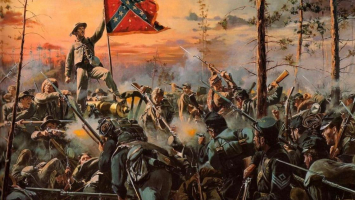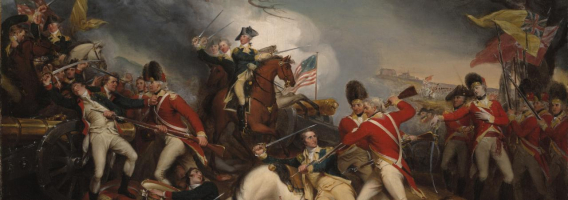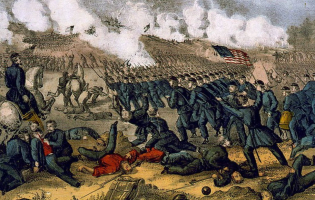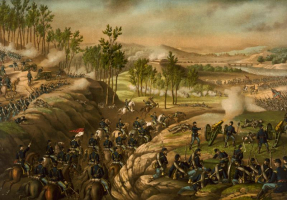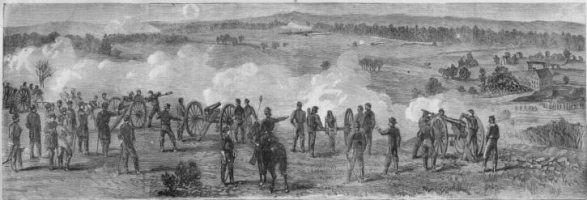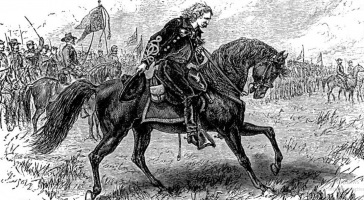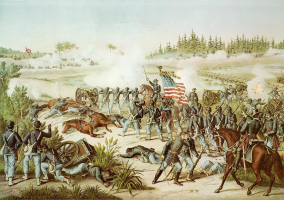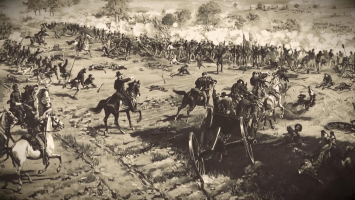Top 5 Facts About The Battle of Cedar Creek
The Battle of Cedar Creek, or Battle of Belle Grove, was fought on October 19, 1864, during the American Civil War. The fighting took place in the Shenandoah ... read more...Valley of Northern Virginia, near Cedar Creek, Middletown, and the Valley Pike. This battle has brought many meanings as well as interesting facts about this heroic historical period. Explore this list of facts about the Battle of Cedar Creek to raise awareness and appreciation of this pivotal battle in the 1864 Civil War in Virginia.
-
John Brown Gordon (February 6, 1832 – January 9, 1904) was an attorney, a slaveholding plantation owner, a general in the Confederate States Army, and a politician in the postwar years. Gordon continued to lead a division in Early's Army of the Valley, fighting at the Battle of Fisher's Hill and at the Battle of Cedar Creek, where he led an overnight flanking maneuver around the northern base of Massanutten Mountain followed by an early morning assault that he had devised while previously surveying the Union position from Signal Knob. Jedediah Hotchkiss (November 30, 1828 – January 17, 1899), known most frequently as Jed, was a teacher and the most famous cartographer and topographer of the American Civil War. Jedediah Hotchkiss served as a staff officer to Confederate general Thomas J. “Stonewall” Jackson during the American Civil War (1861–1865). A New York native, Hotchkiss opened a school in 1859 in Augusta County.
When General Early resolved to attack the Shenandoah Army in its fortified position on the north bank of Cedar Creek, he needed to determine how. On the night of October 17, General John B. Gordon, Captain Jedediah Hotchkiss, Major Robert W. Hunter, and General Clement Evans climbed Mount Massanutten to observe the Confederate position. Gordon and Hotchkiss quickly agreed that the Confederate left flank was the only place where an attack could be made since there was no Confederate cavalry defending the forts along Cedar Creek and the North Fork of the Shenandoah River. Despite the recommendation of General John Pegram - one of Early's divisional commanders - to attack the Confederate right flank, Early believed Gordon and Hotchkiss' assertion that the eastern flank of the Union army was the weak point. The estimate was proven correct when the VIII Corps Confederacy. Therefore, here is one of the facts about the Battle of Cedar Creek.
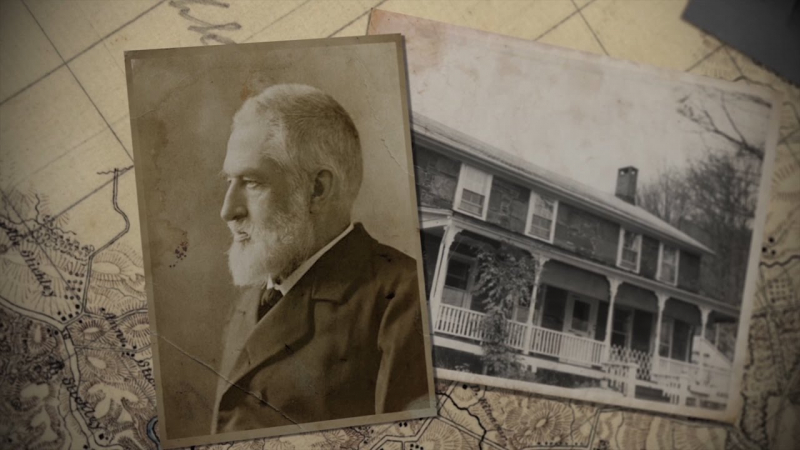
General John B. Gordon - Source: dignitymemorial.com 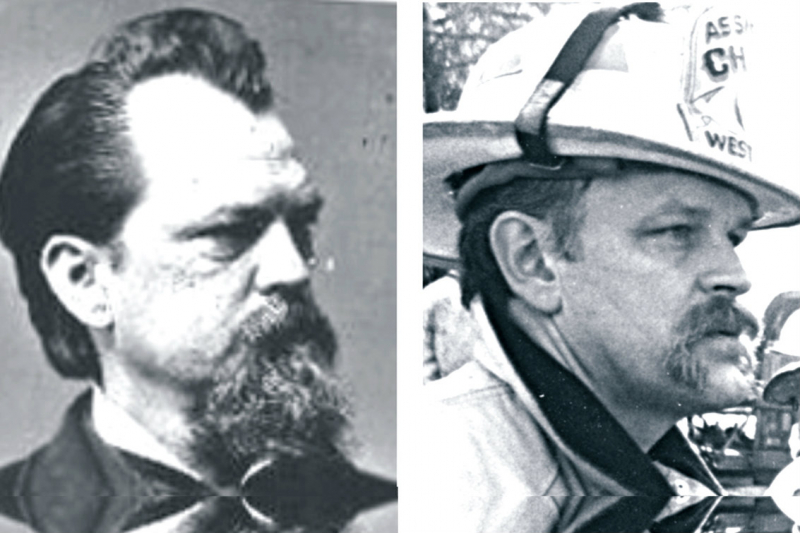
Captain Jedediah Hotchkiss - Source: theepochtimes.com -
Jubal A. Early, in full Jubal Anderson Early, Confederate general in the American Civil War (1861 - 1865) whose army attacked Washington, D.C., in July 1864 but whose series of defeats during the Shenandoah Valley campaigns of late 1864 and early 1865 contributed to the final collapse of the South. He fought in most of the major battles in the Eastern Theater, including the Seven Days Battles, Second Bull Run, Antietam, Fredericksburg, and Chancellorsville. He received a promotion to major general on January 17, 1863. Early's service was important during the Salem Church and the Gettysburg campaigns. He is the one who launched Gen. Jubal Early's attack. From start to finish the Battle of Cedar Creek was one of the most dramatic battles of the war. Confederate Lieutenant General Jubal Early launched it with a risky night march that led to a daring pre-dawn attack against heavy odds in dense fog.
About Gen. Jubal Early's attack, during the morning, Lieutenant General Jubal Early appeared to have a victory for his Confederate army, as he captured over 1,000 prisoners and over 20 artillery pieces while forcing 7 enemy infantry divisions to fall back. Although most Confederate soldiers, by mid-October, believed Early's army was no longer a threat in the Valley and would not dare attack, General William H. Emory, commander of the XIX Corps, believed that a Confederate attack was imminent due to information he received about Confederate activity spying on Confederate locations. When Emory reported intelligence to General Horatio G. Wright, the army's interim commander, Wright discounted it. In addition, Colonel Stephen Thomas, a brigade commander in the XIX Corps received intelligence reports that plainclothes individuals were inspecting Confederate positions from the foothills of Mount Massanutten. This is one of the facts about the Battle of Cedar Creek.
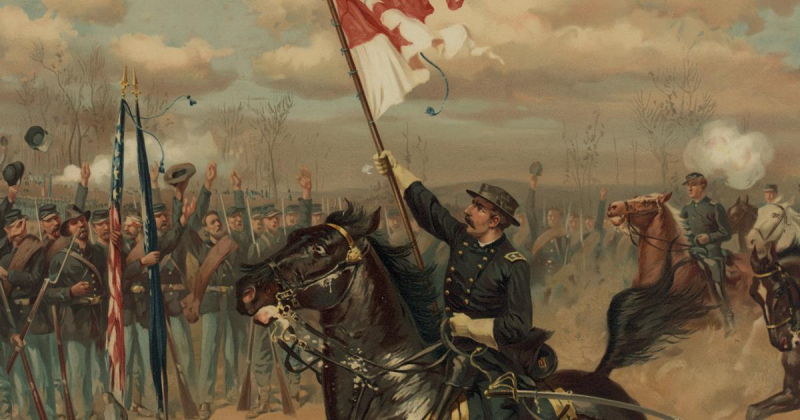
Source: americanhistorycentral.com 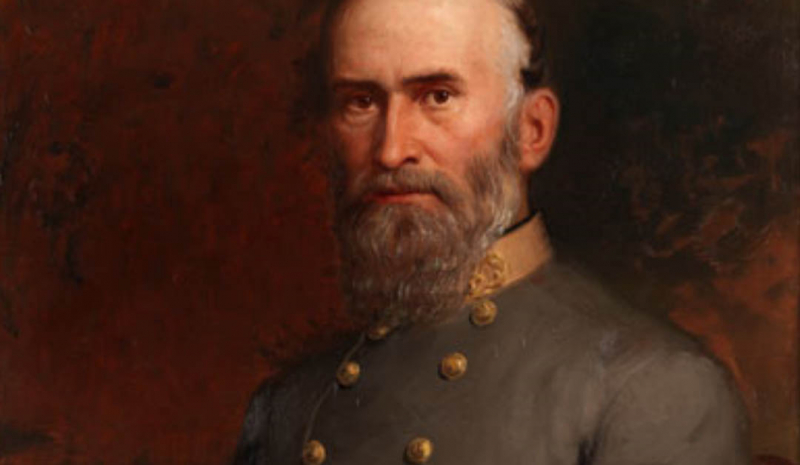
Gen. Jubal Early - Source: essentialcivilwarcurriculum.com -
In 1864, the Union and Rebel armies clashed near the Belle Grove mansion during the Battle of Cedar Creek, resulting in more than 8,000 casualties. Confederate General Stephen Ramseur, mortally wounded by a bullet through the lungs during the battle, was visited on his deathbed in the mansion by George Custer and other Union soldiers who attended West Point with the 27-year-old North Carolinian. The Federals suffered 5,665 casualties (644 killed, 3,430 wounded, and 1,591 missings) out of about 30,000, while Confederate losses were estimated at 2,910 (320 killed, 1,540 wounded, and 1,050 missings) from roughly 18,000. There were about 5,700 Union casualties and 2,900 Confederate casualties. It ranked behind the Third Battle of Winchester as the second bloodiest battle in the Shenandoah Valley.
Although casualty numbers are often questionable, most casualty assessments incurred during the Battle of Cedar Creek reveal that Union troops, engaged in the battle with a total strength of 31,610 men, suffered 5,764 casualties, 569 of whom were killed. The Confederate army consisting of 14,091 men from the outset of the battle suffered about 3,060 casualties, 1,860 of whom were reported killed or wounded. The overwhelming number of casualties is one of the facts about the Battle of Cedar Creek.
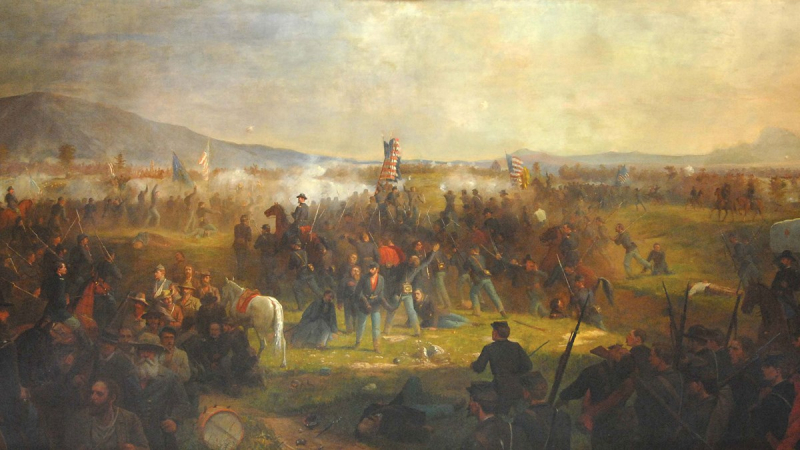
Source: bellegrove.org 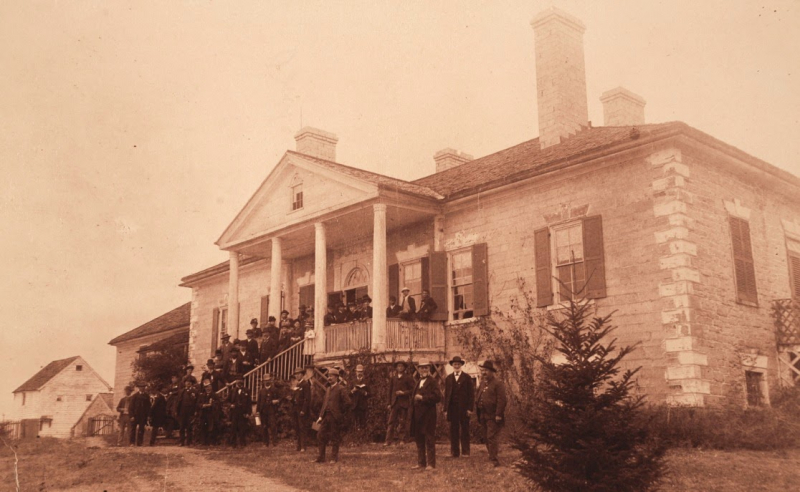
Source: stonesentinels.com -
The battle was the decisive engagement of Major General Philip Sheridan's Valley Campaigns of 1864 and was the largest battle fought in the Shenandoah Valley. Twelve Union Army enlisted men and nine officers were awarded the Medal of Honor for gallantry during the battle. The Medal of Honor was created during the American Civil War and is the highest military decoration presented by the United States government to a member of its armed forces. The recipient must have distinguished themselves at the risk of their own life above and beyond the call of duty in action against an enemy of the United States. Twenty-one soldiers received the Medal of Honor for their actions at the battle of Cedar Creek. The United States created this medal in July 1862 for those who “distinguish themselves by their gallantry in action, and other soldier-like qualities,” and has since served as one of the nation's top military honors. This is the only time members of a foreign country's military have been awarded the Medal of Honor.
Ten officers and eleven enlisted soldiers received the nation's highest military honors for heroic actions at the Battle of Cedar Creek. Among the recipients were eight soldiers from regiments in New York and five from units in Vermont. Among these honored Vermonters was Colonel Stephen Thomas—commander of the 2nd brigade, 1st division, of the XIX Corps. During the early morning stages of the battle, General Emory ordered Thomas's commander to move from its strongholds to a wooded ridge east of Pike Valley to slow the Confederate attack. In nearly thirty minutes, Thomas' brigade organized and allowed Emory to fortify his line in response to the Confederate attack. Thomas's command suffered catastrophic losses because of his efforts. For example, the 8th Vermont — one of the brigade's four regiments — lost 106 of its 159 participants. The Medal of Honor deserves to be one of the facts about the Battle of Cedar Creek.
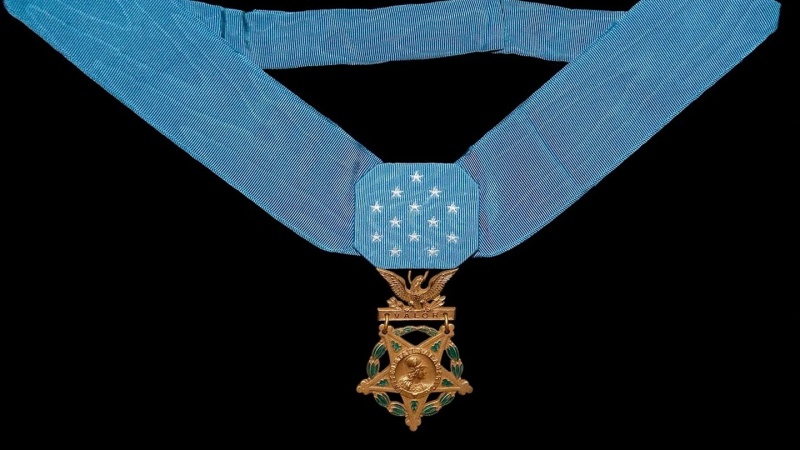
Source: militarytrader.com 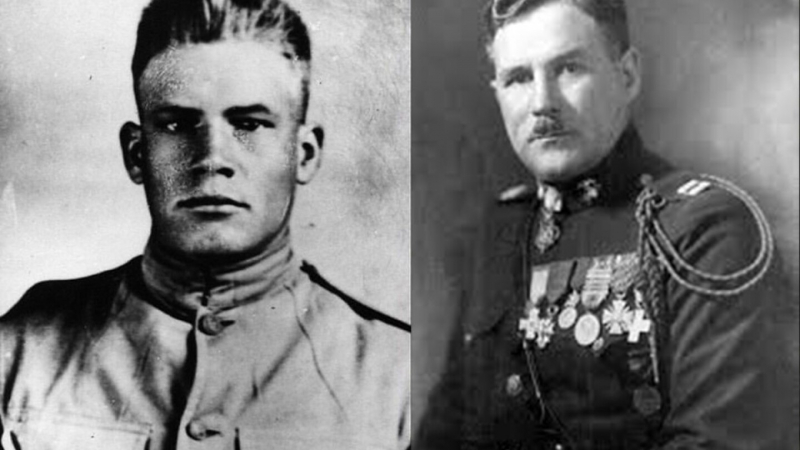
Source: winchesterstar.com -
The Federal victory at Cedar Creek on October 19, 1864, ended Confederate resistance in the Shenandoah Valley. Coming just three weeks before the presidential election, news of the victory boosted morale in the Northern states and helped carry Abraham Lincoln to a landslide reelection. Sheridan's victory at Cedar Creek broke the back of the Confederate army and ended effective Confederate resistance in the Shenandoah Valley for the remainder of the war. President Abraham Lincoln rode the momentum of Sheridan's victories in the Valley, along with Gen. William T. Sherman's successes in Georgia, to re-election. Cedar Creek was one of the two largest battles fought in the Shenandoah Valley. This is an indispensable fact in the list of facts about the Battle of Cedar Creek.
Along with General William T. Sherman's successes in Georgia, Sheridan's success at Cedar Creek greatly aided Abraham Lincoln's re-election bid in November. Two days after the battle, Lincoln's supporters held a torchlight parade to celebrate Sheridan's victory at Cedar Creek. The show of support for Sheridan ended at the Executive Mansion, where the crowd cheered Lincoln on an impromptu speech. After Lincoln defeated Democratic candidate George B. McClellan, Lincoln issued General Executive Order No. 282 on November 14, 1864, announcing Sheridan's promotion to major general in the regular army. Lincoln specifically cited Sheridan's personal courage and military skill at Cedar Creek to justify the promotion.
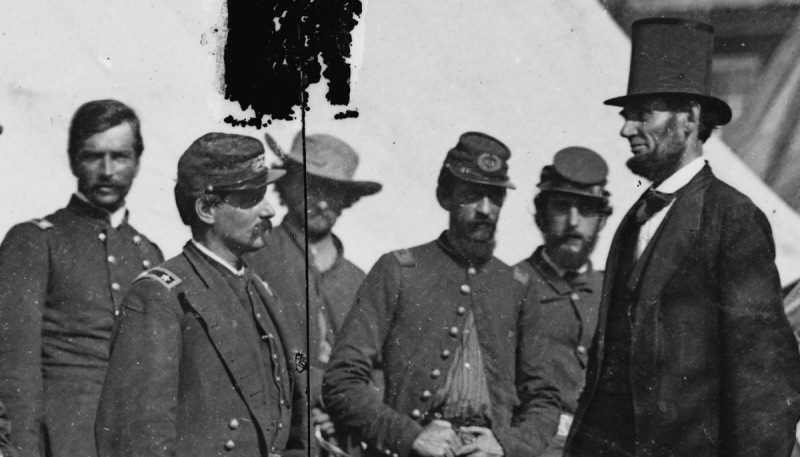
Source: shenandoahatwar.org 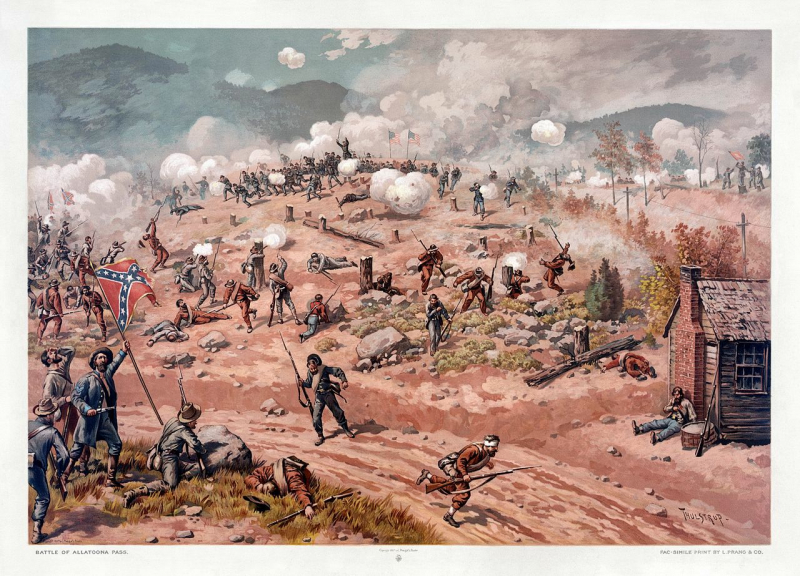
Source: ohiocivilwarcentral.com







